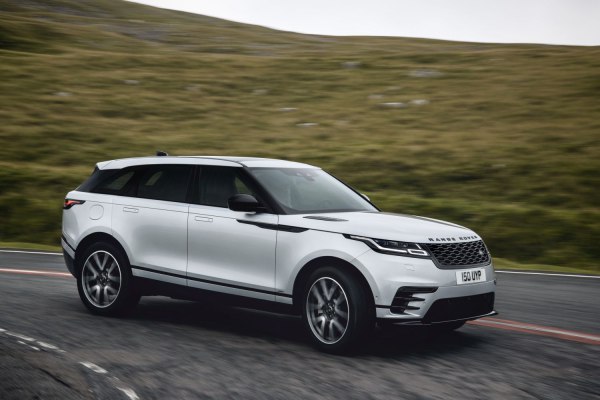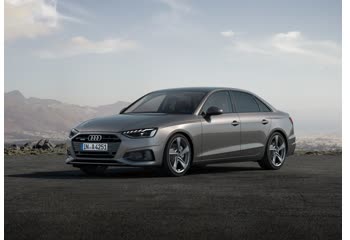Everything you need to know about specifications and performance - Land Rover Range Rover Velar 2020 - 3.0 D300 (300 Hp) Mild Hybrid AWD Automatic

Overview:
What is the engine capacity of a Land Rover Range Rover Velar 2020?
The engine capacity of the Land Rover Range Rover Velar 2020 is 2996.
Land Rover Range Rover Velar 2020 How many horsepower?
The engine power of the Land Rover Range Rover Velar 2020 is 300 Hp @ 4000 rpm..
What is the Land Rover Range Rover Velar 2020 engine?
Land Rover Range Rover Velar 2020 engine is Ingenium / AJ20D6. (Click to see other cars using the same engine)
How much gasoline does a Land Rover Range Rover Velar 2020 consume?
The Land Rover Range Rover Velar 2020 consumes 6.9 liters of gasoline per 100 km
General:
Engine:
Performance:
Space:
dimensions:
Powertrain, Suspension and Brakes:
See also

Last generation.
Its production began in 2023 until Now

Same production year and almost the same engine capacity.
Its production began in 2020 until Now

Same production year and almost the same engine capacity.
Its production began in 2020 until 2023

Write a comment